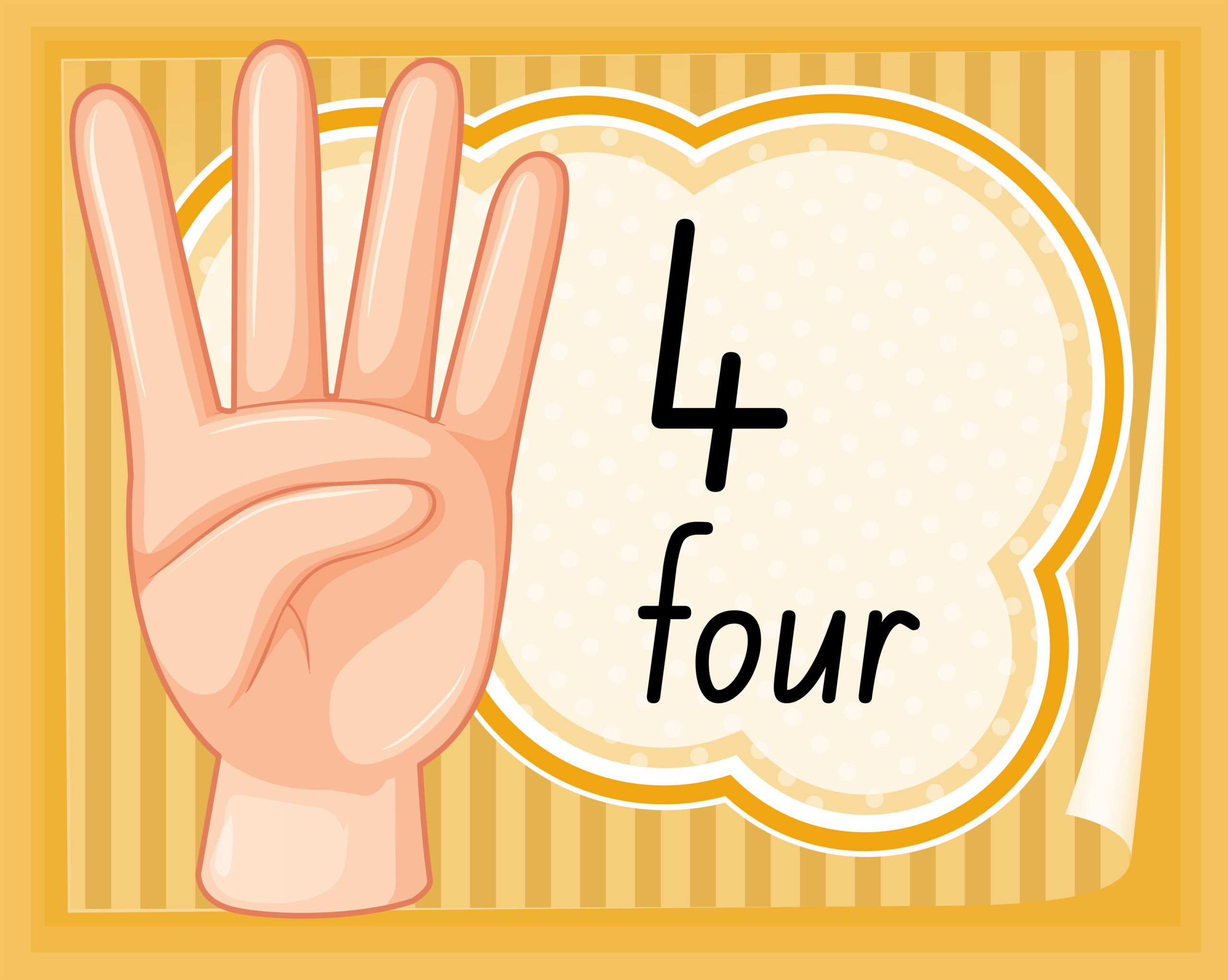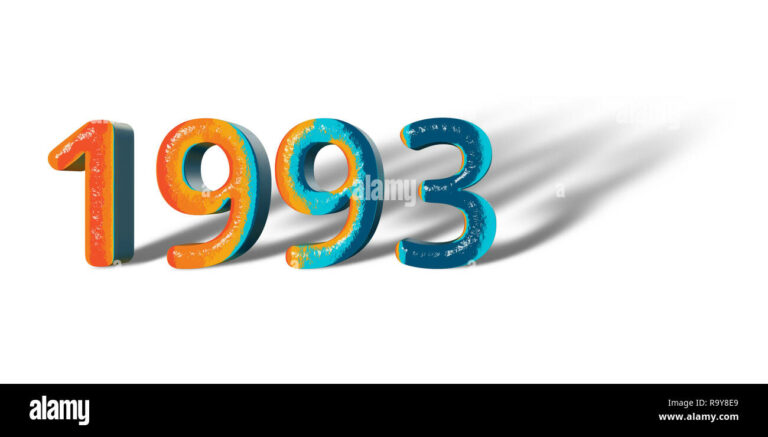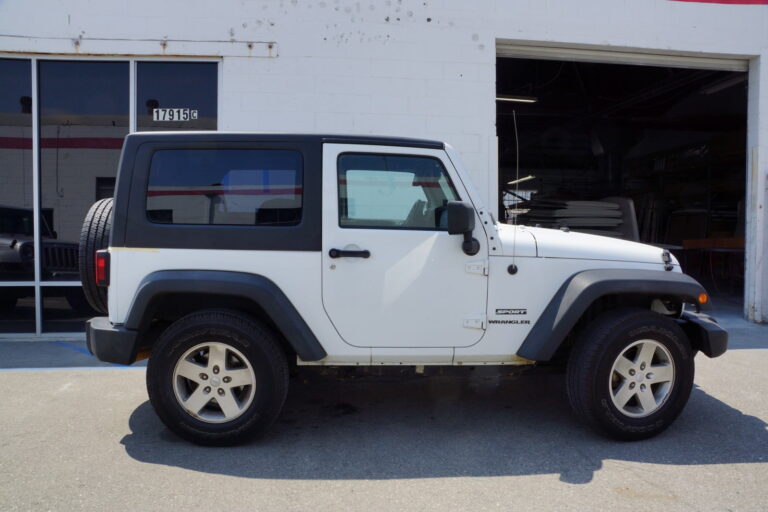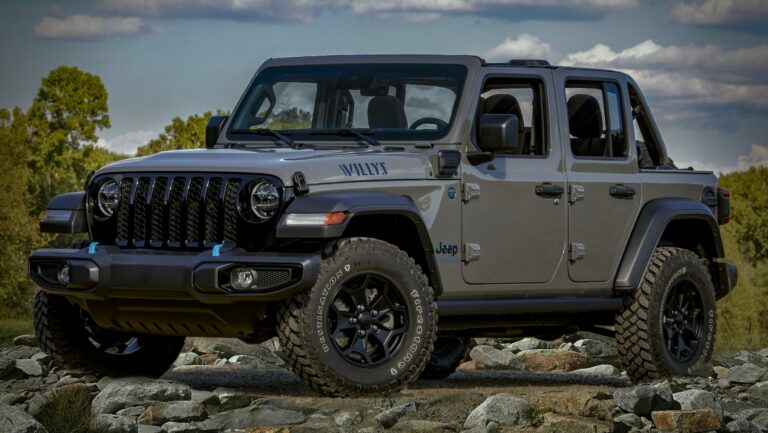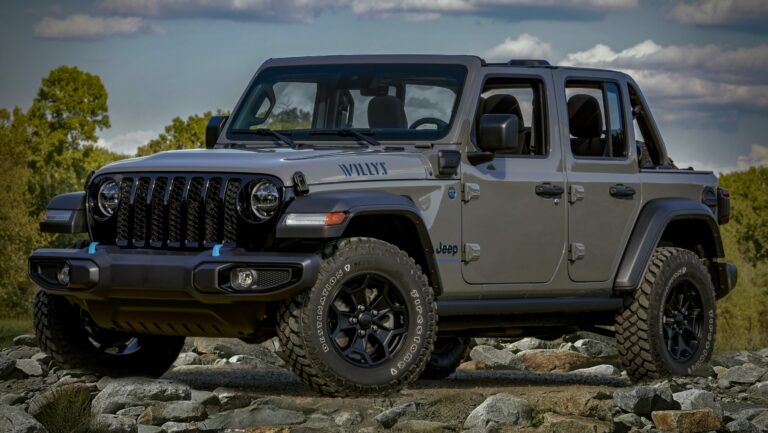4.0 Jeep Engines For Sale: The Enduring Heartbeat of a Legend
4.0 Jeep Engines For Sale: The Enduring Heartbeat of a Legend /jeeps.truckstrend.com
For decades, the mention of a "Jeep engine" often conjures images of an inline-six workhorse – specifically, the legendary AMC 4.0-liter (242 cubic inch) powerplant. Renowned for its bulletproof reliability, abundant low-end torque, and remarkable longevity, the 4.0L has powered countless Jeep Cherokees (XJ), Wranglers (YJ and TJ), Grand Cherokees (ZJ and WJ), and even the Comanche (MJ) pickup truck from 1987 all the way through 2006.
Even today, years after its final production, the 4.0L remains one of the most sought-after engines for Jeep enthusiasts, off-roaders, and daily drivers alike. Whether you’re breathing new life into a beloved classic, tackling an engine swap for a blown motor, or simply looking for a reliable upgrade, the market for 4.0 Jeep engines for sale is vibrant and diverse. This comprehensive guide will navigate you through everything you need to know about acquiring this iconic powerplant, ensuring you make an informed and confident purchase.
4.0 Jeep Engines For Sale: The Enduring Heartbeat of a Legend
The Legend Lives On: Why the 4.0L is Still King
The AMC 4.0L engine isn’t just an engine; it’s a testament to robust engineering. Its inline-six configuration, cast-iron block, and relatively simple design contribute to its incredible durability and ease of maintenance. Unlike more complex modern engines, the 4.0L is largely forgiving, capable of enduring significant abuse and still bringing you home.
Key Features & Benefits:
- Unrivaled Durability: Many 4.0L engines routinely exceed 200,000 to 300,000 miles with basic maintenance, and some enthusiasts report going well beyond 400,000.
- Abundant Low-End Torque: Perfect for off-roading, towing, or simply getting moving from a standstill, the 4.0L delivers power where Jeeps need it most.
- Simplicity & Repairability: Its straightforward design makes it relatively easy for DIY mechanics to work on, with readily available parts and a vast online community offering support.
- Parts Availability: Given its long production run and widespread use, parts for the 4.0L are plentiful and generally affordable, from gaskets to complete rotating assemblies.
- Cult Following: The engine’s reputation has fostered a strong community of loyalists, ensuring continued demand and support.

The 4.0L powered a variety of beloved Jeep models, each benefiting from its reliable performance:
- Jeep Cherokee (XJ): The quintessential recipient, known for its compact size and off-road prowess.
- Jeep Wrangler (YJ & TJ): The heart of the iconic open-top off-roader, providing reliable power for trail adventures.
- Jeep Grand Cherokee (ZJ & WJ): Offering a blend of comfort and capability, the 4.0L served as the dependable base engine.
- Jeep Comanche (MJ): The pickup truck variant, also leveraging the 4.0L’s hauling capabilities.


Understanding Your Options: Types of 4.0L Engines For Sale
When searching for a 4.0L Jeep engine, you’ll encounter a few primary categories, each with its own set of advantages and disadvantages. Your budget, desired reliability, and mechanical aptitude will largely dictate which option is best for you.
-
Used/Salvaged Engines:
- Description: These are engines pulled directly from donor vehicles, typically from junkyards, auto recyclers, or private sellers. Their condition varies wildly.
- Pros: Most affordable option; quick availability.
- Cons: Unknown history (mileage, maintenance, prior abuse); no warranty or very limited "start-up" warranty; potential for hidden damage or excessive wear.
- Tips: Always ask for mileage, video of it running (if possible), and a compression test report. Inspect for oil sludge, coolant contamination, and external damage. A pre-purchase inspection is highly recommended.
-
Remanufactured/Rebuilt Engines:
- Description: These engines have been completely disassembled, cleaned, inspected, and had all wear components (pistons, rings, bearings, camshaft, lifters, valves, seals) replaced or reconditioned to factory specifications. They are often dyno-tested.
- Pros: Essentially "new" condition; come with a significant warranty (often 1-3 years, unlimited mileage); higher reliability and longevity than used engines.
- Cons: Higher cost than used engines; usually requires a core charge (you return your old engine).
- Tips: Verify the rebuilder’s reputation and warranty details. Understand exactly what’s included (long block, short block, or complete with accessories).
-
Aftermarket Performance/Crate Engines:
- Description: While less common for a direct stock replacement 4.0L, some specialized shops offer "stroker" kits (e.g., 4.2L, 4.6L, 4.7L) or performance-enhanced versions built from 4.0L blocks. These are brand new assemblies or heavily modified rebuilds.
- Pros: Brand new components; often include performance upgrades (more horsepower/torque); custom-built for specific applications.
- Cons: Most expensive option; may require additional modifications to your vehicle; warranty varies by builder.
- Tips: Research the builder’s expertise thoroughly. Ensure the engine is compatible with your vehicle’s existing systems.
Where to Find Your 4.0L Engine: Top Sources
The market for 4.0L engines is diverse, offering various avenues to find your next powerplant.
-
Online Marketplaces (eBay, Craigslist, Facebook Marketplace):
- Pros: Vast selection, competitive pricing, direct contact with sellers.
- Cons: High risk of scams or misrepresentation; shipping can be complex and expensive; difficult to inspect in person.
- Actionable Insight: Use caution. Always prefer sellers with good reviews or local pick-up options. Ask for detailed photos and videos.
-
Specialized Jeep Parts Dealers/Salvage Yards:
- Pros: Often knowledgeable about Jeeps; may offer tested used engines; local pick-up avoids shipping costs.
- Cons: Inventory can be limited; pricing might be slightly higher than private sellers.
- Actionable Insight: Call ahead to confirm availability and ask about their testing procedures and any warranties offered.
-
Engine Remanufacturers (e.g., ATK, Jasper Engines, Local Rebuilders):
- Pros: Highest quality assurance; comprehensive warranties; expert support.
- Cons: Highest price point; typically requires a core charge.
- Actionable Insight: Research different companies, compare warranty terms, and read customer reviews. Understand their core return policy.
-
Jeep Forums & Enthusiast Groups (e.g., Jeepforum, NAXJA):
- Pros: Direct sales from fellow enthusiasts; community support and advice; potentially well-maintained engines.
- Cons: Less formal transaction; "as-is" sales are common; shipping can be a private arrangement.
- Actionable Insight: Build relationships within the community. Sellers often have a reputation to uphold, which can be a good indicator of trustworthiness.
Key Considerations Before Buying: A Buyer’s Checklist
Purchasing an engine is a significant investment. Thorough preparation and due diligence are paramount.
- Engine Year and Compatibility: The 4.0L evolved over its production run.
- Renix (1987-1990): These engines use a different fuel injection system and sensor setup. While the long block is largely similar, swapping a Renix into a later HO (High Output) Jeep (or vice-versa) requires significant modifications to the wiring harness, sensors, and sometimes the cylinder head.
- High Output (HO) (1991-2006): These are more powerful and common. Ensure the engine year matches or is compatible with your vehicle’s specific requirements.
- Cylinder Head Differences: Some later 4.0L engines (2000-2001) are known for a potentially crack-prone "0331" cylinder head casting. While not all of them crack, it’s something to be aware of, especially if buying a used engine from those years. Many rebuilders address this issue.
- Mileage and Condition (for used engines):
- Visual Inspection: Look for signs of severe rust, external cracks, excessive oil leaks (beyond minor seepage), or impact damage.
- Oil Condition: Check the dipstick for milky residue (indicating coolant contamination) or excessive sludge.
- Compression Test/Leak-Down Test: Crucial for used engines. These tests reveal the health of the cylinders, valves, and piston rings. A reputable seller should provide these results.
- Warranty: This is your peace of mind. Remanufactured engines typically offer the best warranties (1-3 years). Used engines usually have very limited or no warranty.
- Core Charge: If buying a remanufactured engine, understand the core charge amount and the conditions for its return. Ensure your old engine is "rebuildable" to qualify.
- Shipping Costs and Logistics: Engines are heavy and require freight shipping. Obtain quotes early, factor in liftgate services (if you don’t have a forklift), and confirm delivery timelines.
- What’s Included? Clarify whether you’re buying a long block (block, head, oil pan), short block (block, crankshaft, pistons), or a complete engine (with intake manifold, exhaust manifold, accessories like alternator, power steering pump, etc.). A complete engine is more expensive but might save you time and hassle.
- Seller Reputation: Check online reviews, forum discussions, and BBB ratings for engine suppliers or rebuilders.
Installation and Beyond: Tips for a Successful Swap
Acquiring the engine is just the first step. A successful swap requires careful planning and attention to detail.
- DIY vs. Professional Installation:
- DIY: Requires a comprehensive set of tools (engine hoist, stand, specialized sockets), mechanical aptitude, and plenty of time. It can save significantly on labor costs.
- Professional: Recommended if you lack the tools, space, or expertise. Get multiple quotes and ensure the shop has experience with Jeep 4.0L swaps.
- Ancillary Parts and Refresh: While the engine might be "new" or "rebuilt," many surrounding components on your Jeep are likely old and worn.
- Must-Replace: All gaskets (intake, exhaust, valve cover, oil pan, front/rear main seals if not included), coolant hoses, vacuum lines, spark plugs, thermostat, motor mounts, fluids (engine oil, coolant).
- Consider Replacing: Water pump, oil pump, sensors (O2, crank position, cam position, temp), accessory belts, radiator, fuel filter. Investing in these relatively inexpensive parts now can prevent future headaches and ensure your "new" engine performs optimally.
- Break-in Procedure (for rebuilt engines): Follow the rebuilder’s specific instructions for the initial break-in period. This typically involves specific RPM ranges, avoiding heavy loads, and an early oil change to seat piston rings properly.
- Post-Installation Maintenance: Adhere to a strict maintenance schedule. Regular oil changes, coolant flushes, and filter replacements are key to the 4.0L’s legendary longevity.
- Potential Challenges: Be prepared for rusted bolts, seized components, wiring harness discrepancies (especially between different years), and unexpected issues. Having a service manual and access to online forums can be invaluable for troubleshooting.
4.0 Jeep Engines For Sale: Estimated Price Table
Please note that these prices are estimates and can fluctuate significantly based on market demand, location, seller, condition, and included components. Always get a detailed quote before committing to a purchase.
| Engine Type | Estimated Price Range (USD) | Typical Mileage (if applicable) | Warranty Offered | Key Considerations |
|---|---|---|---|---|
| Used/Salvaged Engine | $800 – $2,500 | 80,000 – 200,000+ | None / 30-90 day "start-up" | "As-is" condition; thorough pre-purchase inspection crucial; risk of hidden issues. |
| Remanufactured/Rebuilt Long Block | $2,000 – $3,500 | 0 (fully rebuilt) | 1-3 years (unlimited mileage) | Requires core return; often does not include accessories; reputable rebuilder is key. |
| Remanufactured/Rebuilt Complete Engine | $3,500 – $4,500+ | 0 (fully rebuilt) | 1-3 years (unlimited mileage) | More expensive; includes accessories (intake, exhaust, sometimes sensors); core return. |
| Aftermarket Performance Build (e.g., Stroker) | $4,500 – $7,000+ | 0 (new build) | Varies by builder (limited) | Significant performance gains; specialized application; higher upfront cost. |
| Core Charge (Refundable Deposit) | $300 – $600 | N/A | N/A | Applied to remanufactured engines; refunded upon return of old, rebuildable engine. |
| Freight Shipping (LTL) | $200 – $600+ | N/A | N/A | Varies by distance, weight, and delivery options (e.g., residential vs. commercial). |
Disclaimer: Prices are approximate and subject to change without notice. Always confirm specifics with the seller.
Frequently Asked Questions (FAQ) about 4.0 Jeep Engines
Q1: What years did the 4.0L engine come in Jeeps?
A1: The AMC 4.0L engine was produced from 1987 to 2006, powering various Jeep models like the Cherokee, Wrangler, Grand Cherokee, and Comanche.
Q2: What’s the main difference between Renix and HO 4.0L engines?
A2: Renix (1987-1990) refers to the early fuel injection system. HO (High Output, 1991-2006) engines feature an improved cylinder head, intake manifold, and fuel injection system, offering more power. They are not direct plug-and-play swaps due to sensor and wiring differences.
Q3: How many miles can a 4.0L engine typically last?
A3: With proper maintenance, many 4.0L engines reliably exceed 200,000 to 300,000 miles. It’s not uncommon to hear of them reaching 400,000 miles or more.
Q4: Is it better to buy a used or a remanufactured 4.0L engine?
A4: This depends on your budget and risk tolerance. A remanufactured engine offers peace of mind with a warranty and essentially "new" performance. A used engine is cheaper but carries a higher risk of hidden issues and often comes without a warranty.
Q5: What is a "core charge" and why do I have to pay it?
A5: A core charge is a refundable deposit applied when you purchase a remanufactured engine. It ensures you return your old, rebuildable engine (the "core") to the supplier, allowing them to recycle and remanufacture it for future sales.
Q6: What should I look for when inspecting a used 4.0L engine before buying?
A6: Look for signs of external leaks, rust, cracks in the block or head, and ensure all mounting points are intact. Check the oil for milky residue (coolant contamination) or excessive sludge. If possible, ask for a compression test or leak-down test results to assess internal health.
Q7: Can I put a 4.0L from a Grand Cherokee into a Wrangler or Cherokee?
A7: Yes, the long block (the main engine assembly without accessories) is generally interchangeable between different 4.0L-equipped Jeep models. However, you will likely need to swap over your original intake manifold, exhaust manifold, oil pan, accessory brackets, and some sensors to ensure proper fitment and function in your specific vehicle.
Concluding Summary
The AMC 4.0L Jeep engine holds a unique place in automotive history, revered for its simplicity, brute strength, and incredible endurance. For those seeking to revive a beloved Jeep or simply ensure years of reliable performance, finding a quality 4.0L engine for sale is a journey well worth taking.
By understanding the different types of engines available, knowing where to source them, and diligently following a comprehensive buyer’s checklist, you can navigate the market with confidence. Remember to prioritize thorough inspection for used engines, value the peace of mind offered by a warranty on remanufactured units, and factor in all associated costs. With careful planning and attention to detail, you’ll soon have the legendary heartbeat of the 4.0L thumping proudly under your Jeep’s hood, ready for countless more adventures.

